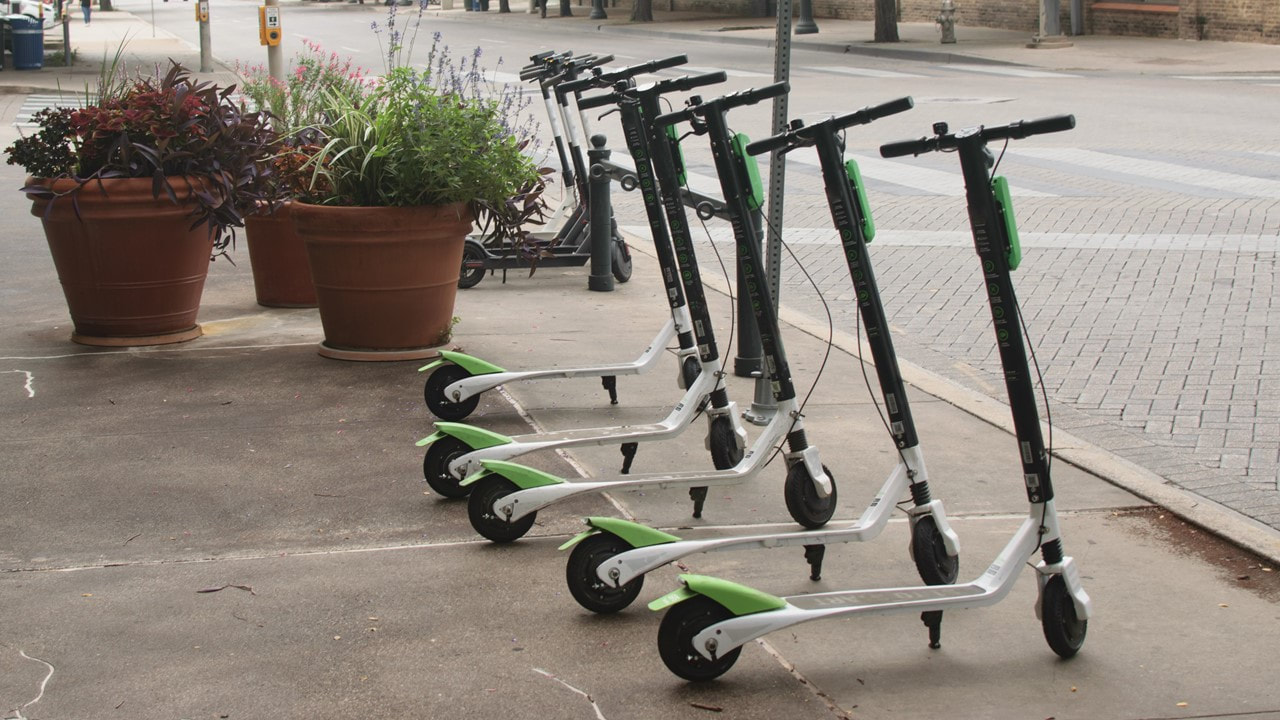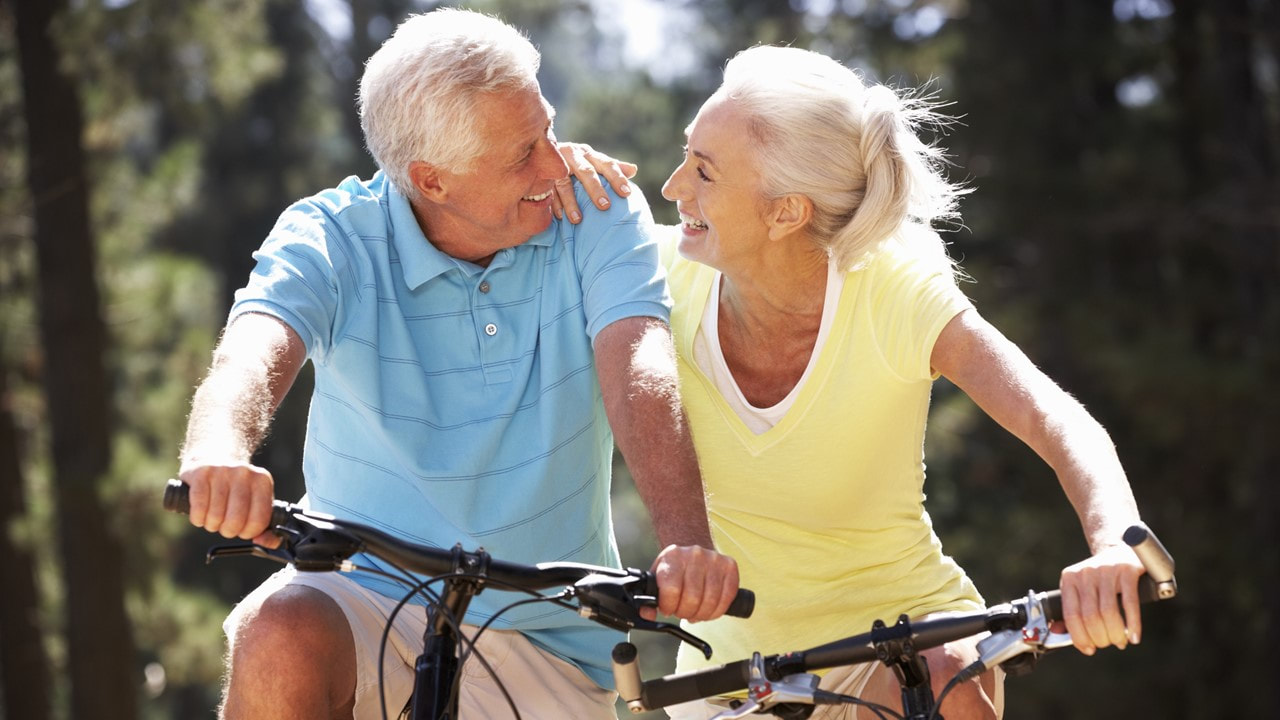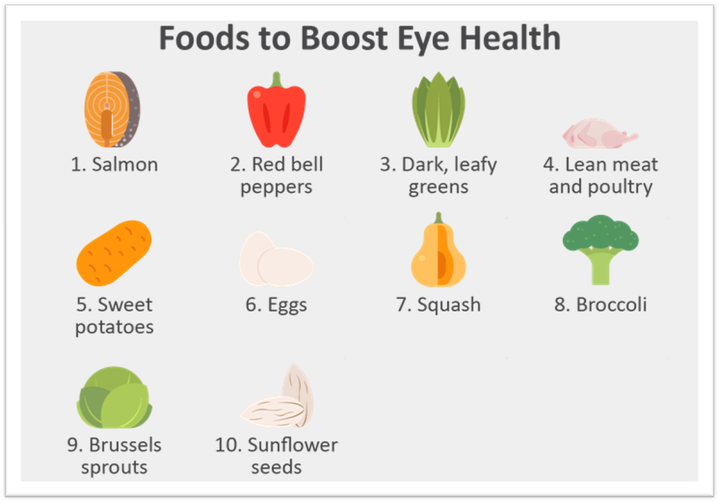|
By now, you’ve probably seen a few people cruise by on an electric scooter. They may have been a few teenagers on their way to a friend’s house, somebody using the vehicle as a new way to commute to work, or maybe it was even yourself doing the riding. E-scooters have become common in many cities across the United States, with industry leaders Bird and Lime reporting millions of rides so far.
But, while e-scooters might be revving up in terms of popularity, new technology brings new complications and new concerns. What are e-scooters? E-scooters are not to be confused with mopeds or Vespa-like scooters, which allow users to sit, and travel at relatively high speeds. Rather, e-scooters are operated while standing up and often cannot go faster than 15 to 20 mph. Users get started by downloading an app that will help them find a nearby e-scooter. They can then unlock the vehicle for an initial starting fee with total payment being calculated according to either distance traveled or how long the user rides the scooter. E-scooters are usually dockless and operate like dockless bike-sharing programs with users able to find and park the vehicles in a wide variety of locations. E-scooters often do not require the operator to have a driver’s license. Know the Risks and Rules While operating an e-scooter, users are required to obey state and local traffic laws, but these can vary greatly depending on where you live or where you’re riding. Some jurisdictions have implemented laws pertaining specifically to e-scooters that limit where they can be ridden and how fast they can travel, so make sure you are familiar with the local rules before you take a ride. Even if you are certain that you’re not breaking any laws, operating any type of motor vehicle, even an e-scooter, brings a certain amount of risk. E-scooters might not travel as fast as cars, but even at speeds as low as 15 mph, an accident involving a rider, pedestrians or other motor vehicles can lead to serious injuries including broken bones, head injuries and soft-tissue injuries. Where Does the Finger Point? With e-scooters still being a relatively new form of transportation, many insurance companies are still inconclusive on how coverage and liability applies to accidents and injuries caused or suffered by riders. You may be riding at your own risk when you step onto a scooter, so it’s important to know whether you’re covered under your own insurance policies. Your homeowners and auto insurance policies may have been created before the rise of e-scooters, so there may be no mention of the devices. A standard homeowner policy does not cover motor vehicles, and standard personal auto policies exclude liability coverage for vehicles with less than four wheels—e-scooters generally have two. Motorcycle insurance also might not cover e-scooters. Personal liability umbrella policies provide coverage for incidents excluded from underlying insurance policies, and thus may provide coverage for e-scooters. It is important to know the specific details of your homeowners and auto policies before you can count on coverage for an injury or accident involving an e-scooter. Contact TWFG Insurance Spring / The Woodlands today for more information.
0 Comments
Mental health plays a huge role in your overall health and well-being. It affects everything, including how we think, feel and act, and helps determine how we make healthy choices and cope with stress. Because it’s such a crucial component of your health, it’s important to focus on maintaining or improving your mental health. Here are five simple ways to do so every day:
Eye Health 101 Keeping your eyes healthy is a very important task. Fortunately, it’s also an easy thing to do. Here are five simple ways you can keep your eyes healthy:
The Unexpected Ingredient in Your Oats
It’s not a superfood, and it’s not naturally occurring. It’s a pesticide. According to a report by the Environmental Working Group (EWG), almost three-quarters of the oat cereal, oatmeal, granola and oat bars contained traces of glyphosate. What’s glyphosate? Glyphosate is one of the most widely used herbicides in the world. It’s the main ingredient in hundreds of weed-killing pesticides. Are oats safe to eat? Federal officials report that the levels found in the oats is deemed to be “safe.” However, EWG claims that no level of exposure is safe, as glyphosate was classified as a probable carcinogen in 2015. To reduce your exposure, but still eat your oats, opt for organic oats. -TWFG Insurance Spring Tx - The Woodlands (281) 466-1310 |




 RSS Feed
RSS Feed